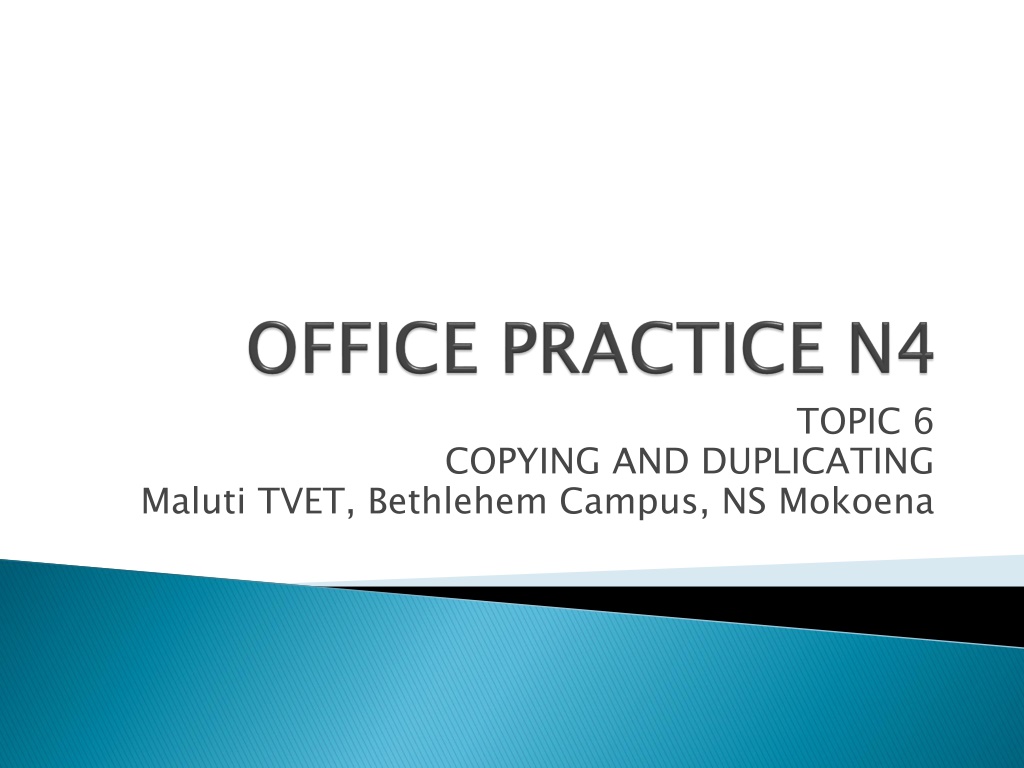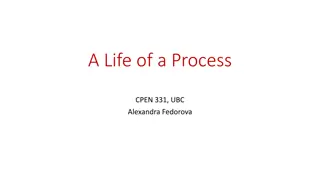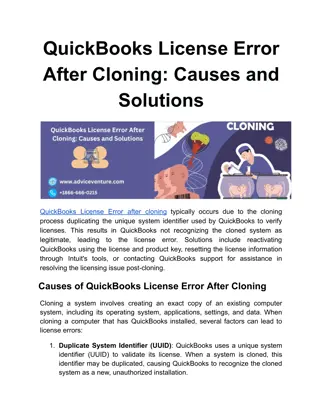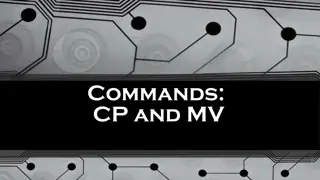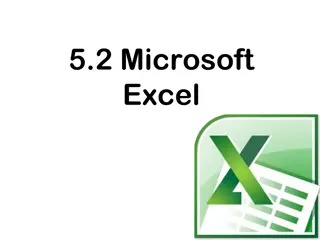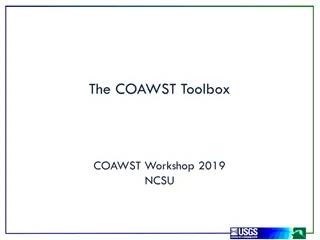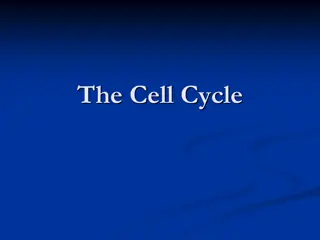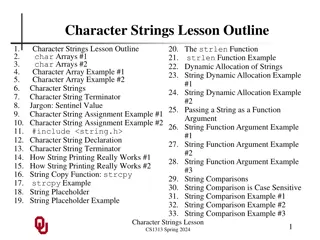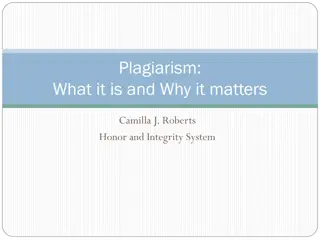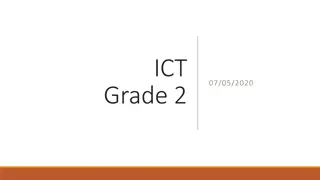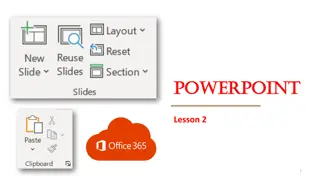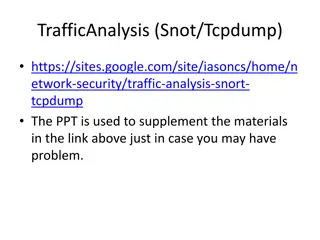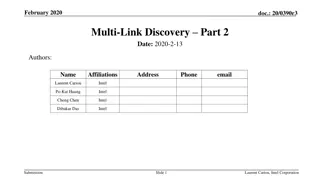Understanding Copying and Duplicating Processes
Copying and duplicating are essential processes in producing multiple copies of documents. While copying involves making a limited number of copies with devices like computers and photocopy machines, duplicating allows for an unlimited number of copies using lithographic duplicators or printing presses. Considerations such as quality, cost, paper type, and confidentiality play key roles in choosing the appropriate method for duplication. Understanding these processes can help in efficient document reproduction.
Download Presentation

Please find below an Image/Link to download the presentation.
The content on the website is provided AS IS for your information and personal use only. It may not be sold, licensed, or shared on other websites without obtaining consent from the author. Download presentation by click this link. If you encounter any issues during the download, it is possible that the publisher has removed the file from their server.
E N D
Presentation Transcript
TOPIC 6 COPYING AND DUPLICATING Maluti TVET, Bethlehem Campus, NS Mokoena
DEFINITION OF DUPLICATION- IMPLIES AN UNLIMITED NUMBER OF A DOCUMENT IS MADE.
COPYING It is the process where a limited number of copies are made. Computer, camera, photocopy machine Can enlarge and reduce print size COPYING DUPLICATING It is a process where an unlimited number of copies are made Lithographic duplicator, printing press Cannot enlarge or reduce print size Duplicates can only be made from the original DUPLICATING Copies can be made from the original
Quality of the copy: For high quality copies, a smaller quality should be printed on a photocopier Quality needed: Use a photocopy machine for a small number of copies Time factor: Preparing for lithographic takes time Internal or External use: Copies intended for internal use will require low quality printouts Cost: Maintenance of the machine, quality of the paper and the salary of the operator must be taken into consideration.
Colour: Colour ink cartridges are expensive Paper: Glossy and matt finish paper are more expensive than the standard paper used in a copier
Top secret: Only top management can view its contents Secrets : Only for a selected number of people in the business to view Confidential: Information that, if it leaked out, could cause damage to the business Private and confidential: Information of a personal nature such as a salary information General business information: Normal, daily information Personal matters : It is meant for a specific person only
